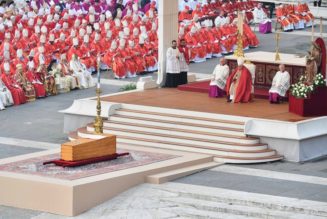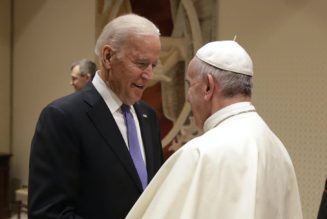With only one week completed in a second Trump term term, the White House has already found itself in a battle of words with the United States Conference of Catholic Bishops — with the bishops criticizing Trump’s goals and politics on immigration, and bishops pushing back.
The rhetoric heated up on Sunday, when Vice President JD Vance, himself a Catholic convert, told a reporter that he believes the U.S. bishops are motivated to speak out about immigration because of grant funds they receive from the federal government — and Vance suggested those funds go to resettle “illegal immigrants.”
“I think that the US Conference of Catholic Bishops needs to actually look in the mirror a little bit and recognize that when they receive over $100 million to help resettle illegal immigrants, are they worried about humanitarian concerns? Or are they actually worried about their bottom line? We’re going to enforce immigration law. We’re going to protect the American people,” Vance told CBS News.
“I think the US Conference of Catholic Bishops has, frankly, not been a good partner in common sense immigration enforcement that the American people voted for, and I hope, again, as a devout Catholic, that they’ll do better,” he added.
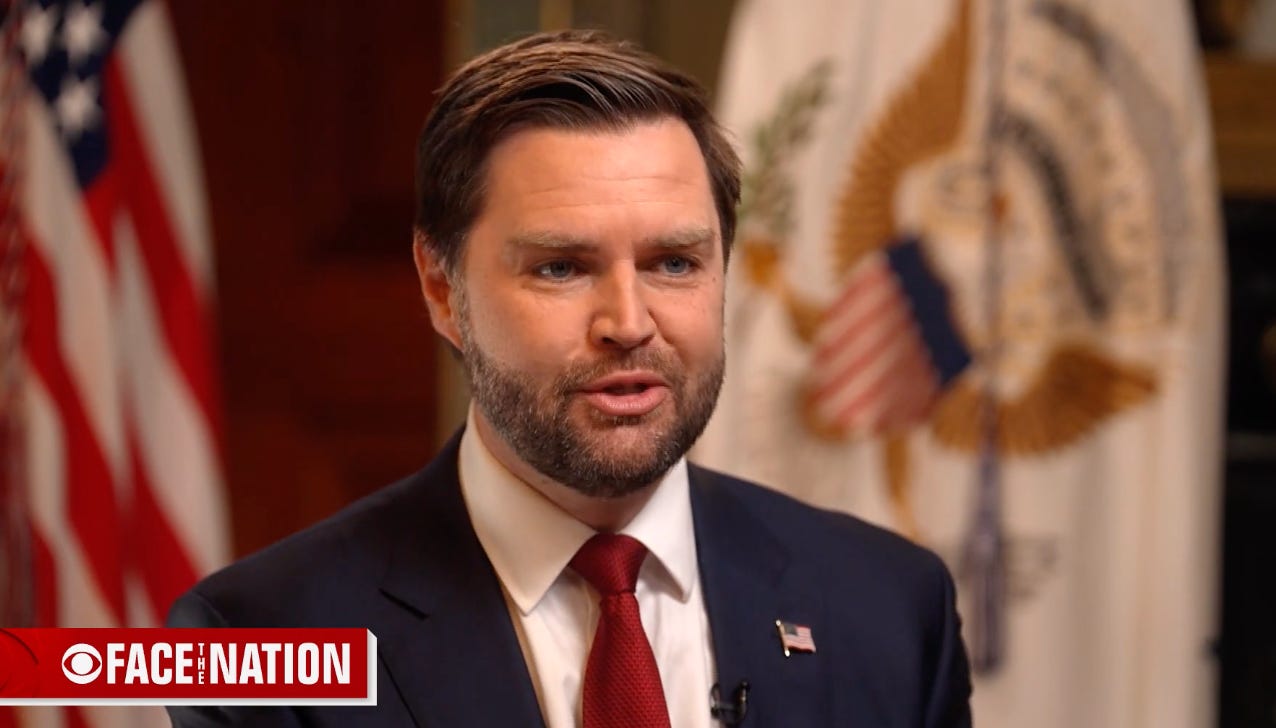
The bishops’ conference responded with a statement almost immediately, explaining its position, and pushing back on the idea that refugees it helps to resettle are not permitted to be in the United States:
“In 1980, the bishops of the United States began partnering with the federal government to carry out this service when Congress created the U.S. Refugee Admissions Program,” the conference statement said Jan. 26.
“Every person resettled through USRAP is vetted and approved for the program by the federal government while outside of the United States. In our agreements with the government, the USCCB receives funds to do this work; however, these funds are not sufficient to cover the entire cost of these programs.”
In a Jan. 26 white paper, the conference explained that it works to resettle people identified by the government as refugees, as one of ten national resettlement agencies working with the government.
“Through this public-private partnership, resettlement agencies work with local, community-based organizations to receive those approved for resettlement through USRAP, helping them to begin their new lives in the United States.”
But the conference white paper said little about cost breakdown, addressing a central Vance point — does the bishops’ “bottom line” benefit from government funds to help refugees?
The Pillar looks at the numbers.
—
As Vance suggested, it is the case that in 2022 and 2023, the two most recent years with published financials available from the USCCB, the conference has received more than $100 million annually from the U.S. government as a resettlement contractor.
But in light of the expenditure of the money, it does not seem accurate to describe those funds as helping the bishops’ “bottom line.”
In 2023, for example, the USCCB received a total of $130 million in contracts for programs dealing with refugees and migrants. In that year, the bishops spent a total of $134 million on those programs, as verified by the conference’s auditors- expending $4 million more than it took in on refugee and migrant programs.
In fact, according to the last 10 years of audited USCCB financial statements, the conference has spent more than it received to fund its migration and refugee programs every single year. From 2014 to 2023, the conference received $797 million in government funding and spent a total of $850 million on the programs.
—
The amount of government funding available is clearly a major factor in how much the bishops’ conference spends on resettlement programs.
The conference routinely spends on migration and refugee services more than it receives. But during the years of the Obama and Biden administrations, when government spending on refugee programs was higher, the bishops spent more funds on correlated programs.
During the Trump administration, when funding fell by 50% from 2016 levels, the bishops’ spending was also lower.
The USCCB generally does not do the work for these programs directly. The majority of the funds are passed on as grants or subcontracts to local organizations conducting the work required.
But some administrative work is done directly by conference staff.
Over the last 10 years, the conference has passed on $701M directly to other organizations to conduct the work of helping refugees and migrants. $149M has been spent on administrative work by conference staff and other professional services.
At a non-profit, the ratio of actual program expenses to administrative expenses is called the “program expense ratio.”
That ratio is considered a useful metric to assess the effectiveness of a non-profit. In the case of the USCCB’s refugee and migrant programs, the conference has spent 83% of total funds dispersed directly on programs, while spending 17% on administration.
Among non-profits, a “program expense ratio” over 65% is generally considered good, while a ratio above 85% is classified as excellent. The 10-year record of the USCCB’s refugee and migrant programs is thus very good, but just shy of excellent.
The bishops’ spending on salaries and other administrative expenses did fall during years when government funding of refugee and migrant programs decreased.
From 2014 to 2016, when government contracts averaged $85 million per year, USCCB spending on salaries and other admin costs related to migrant and refugee services was $15 million per year. From 2018 to 2021, government contracts dropped to $54 million per year, and the bishops cut spending on salaries and other admin costs related to the program to $13 million per year.
However, salaries and fixed expenses were not cut in those low years by the same percentage as the federal funding had decreased.
Broken down by year, it is apparent that the program has been most efficient in recent years, when the overall program funding was highest, while it was least effective in the lowest funded years from 2018 to 2021.
According to the generally accepted best practices with regard to program expense ratios, it appears that the bishops are acting as efficient stewards of government funds, and their own.
—
By many assessments, the basic disagreement between Vance and the US bishops seems to be over whether refugees and migrants, whom the vice-president seems to discuss interchangeably with illegal immigrants, ought to receive charitable assistance within the borders of the US at all.
And while critics of the bishops’ programs say they aid human traffickers, the conference points to its anti-trafficking program, run by the same offices handling migration and refugee services.
This type of financial analysis is not able to address the basic moral questions raised by the debate, nor can it determine what factors do motivate the bishops’ approach to migration questions. The USCCB has not yet responded to The Pillar’s requests for interviews on that front.
But a look at the numbers can be useful. While Vance suggests that the bishops’ approach to migration is motivated by concerns of financial gain, financial analysis is at least able to determine whether the bishops’ overall finances benefit from the migrant programs.
Given that the USCCB has spent an average of $5 million more on refugee and migrant services each year it has received from the government, the answer to that question would seem to be no.
In fact, if the principal concern was the “bottom line,” the USCCB would seem better off without any involvement in migration and refugee resettlement programs at all.
Editors’ note: This analysis was updated after publication to include additional information about budget flexibility.
Comments 11
Services Marketplace – Listings, Bookings & Reviews

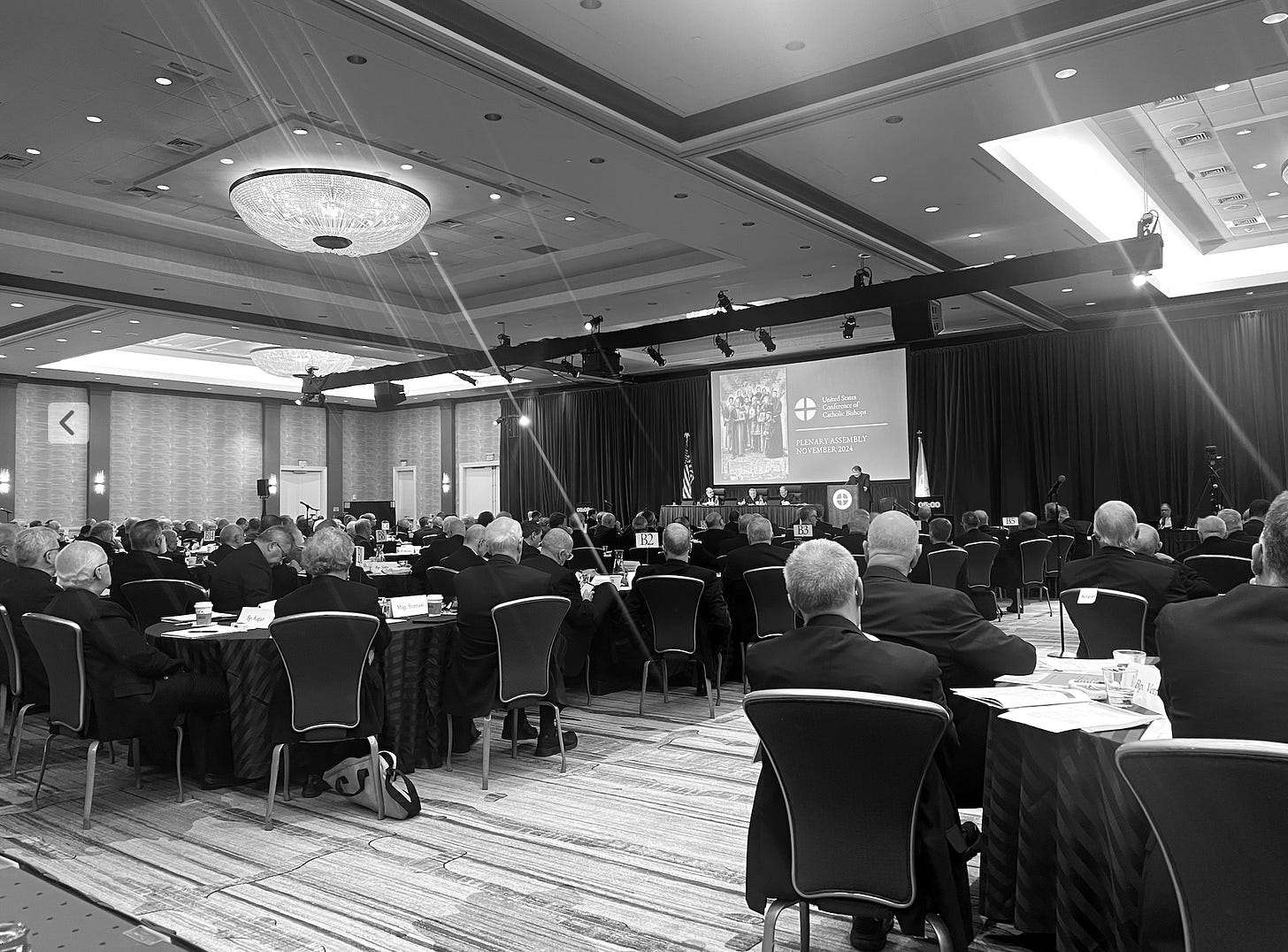
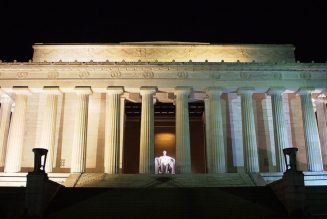



![The Vatican extended Xi’s pontificate because it doesn’t understand the nature of the Chinese regime [WSJ paywall]…](https://salvationprosperity.net/wp-content/uploads/2022/10/the-vatican-extended-xis-pontificate-because-it-doesnt-understand-the-nature-of-the-chinese-regime-wsj-paywall-327x219.jpg)

